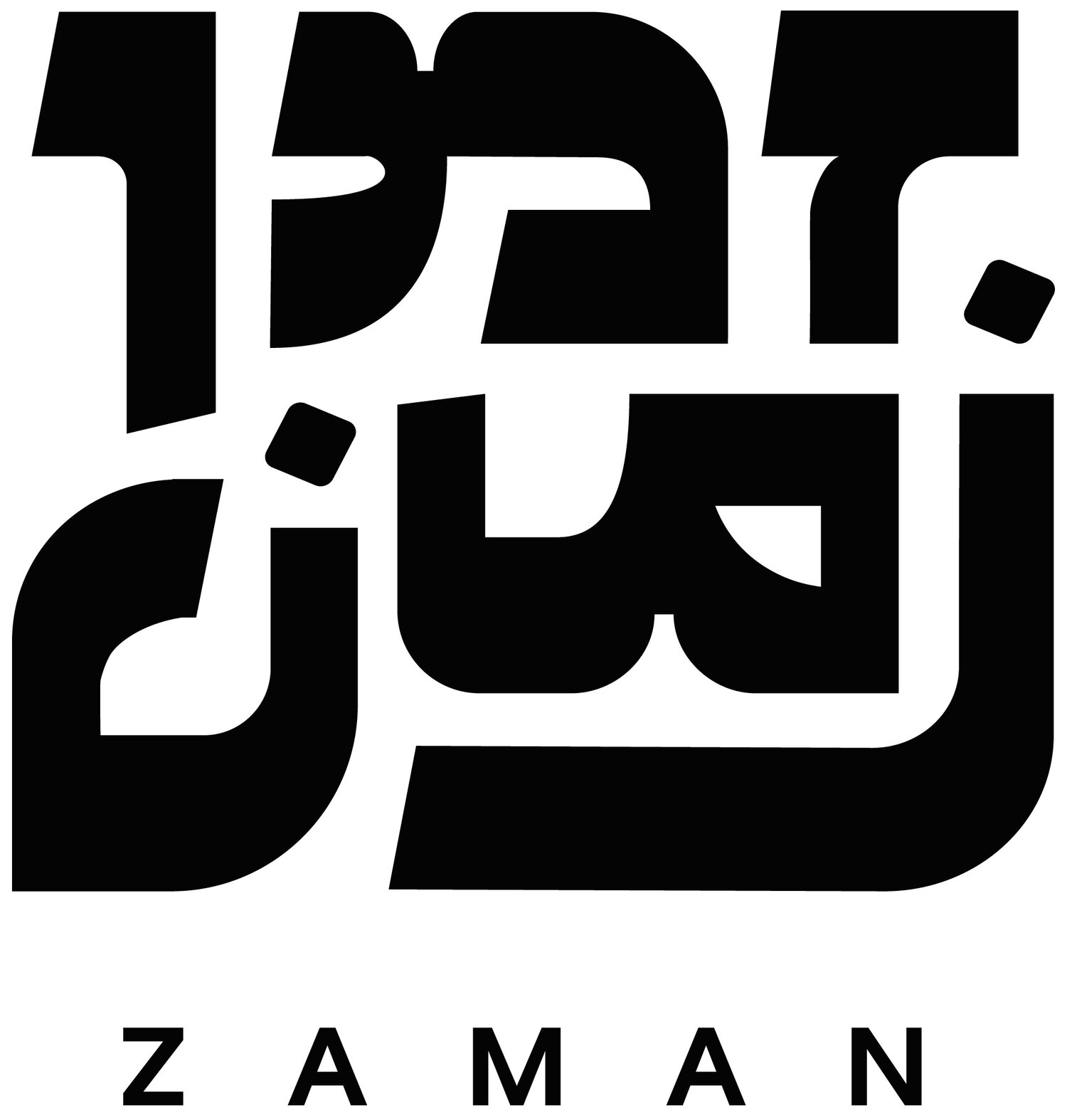1986
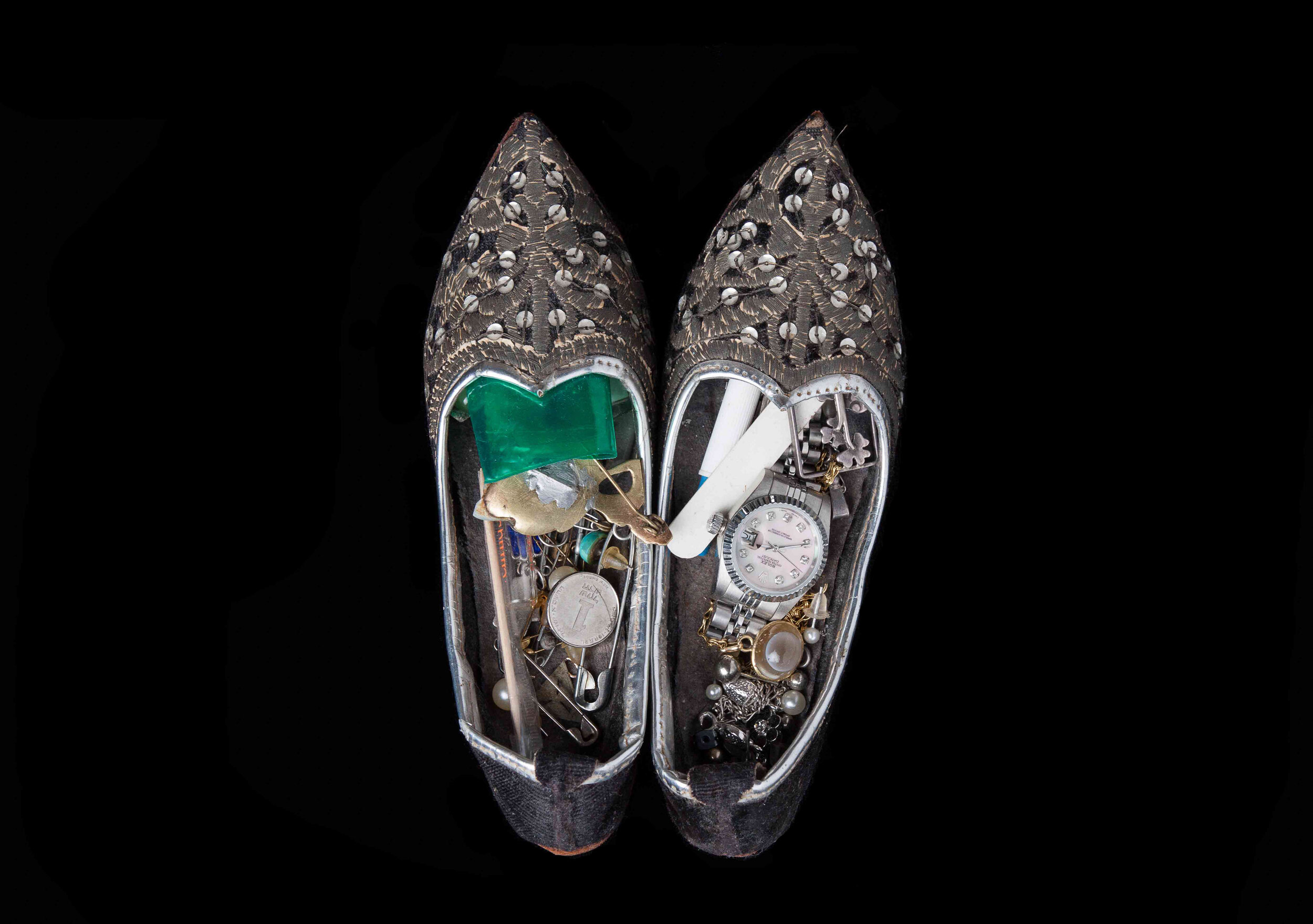
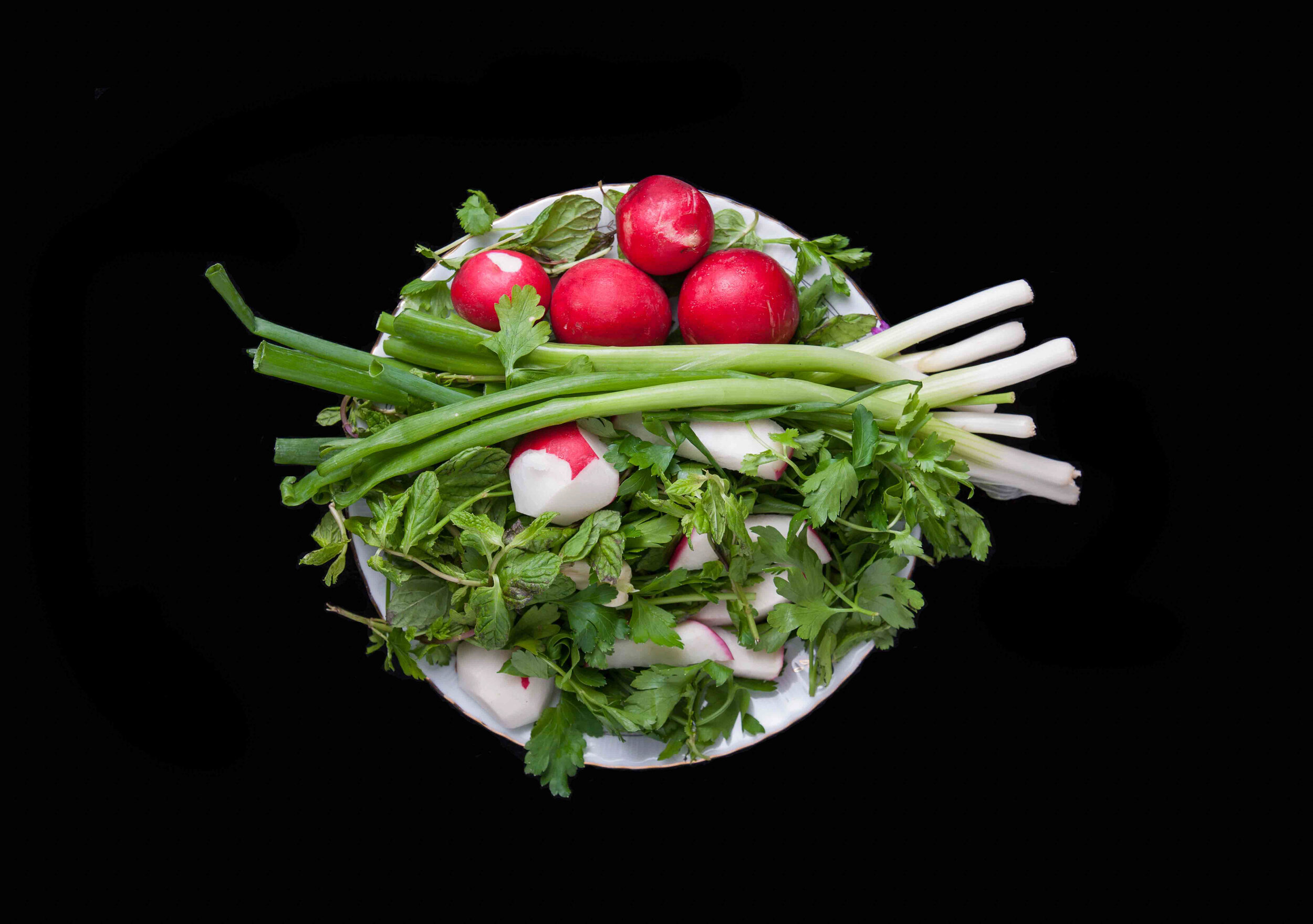
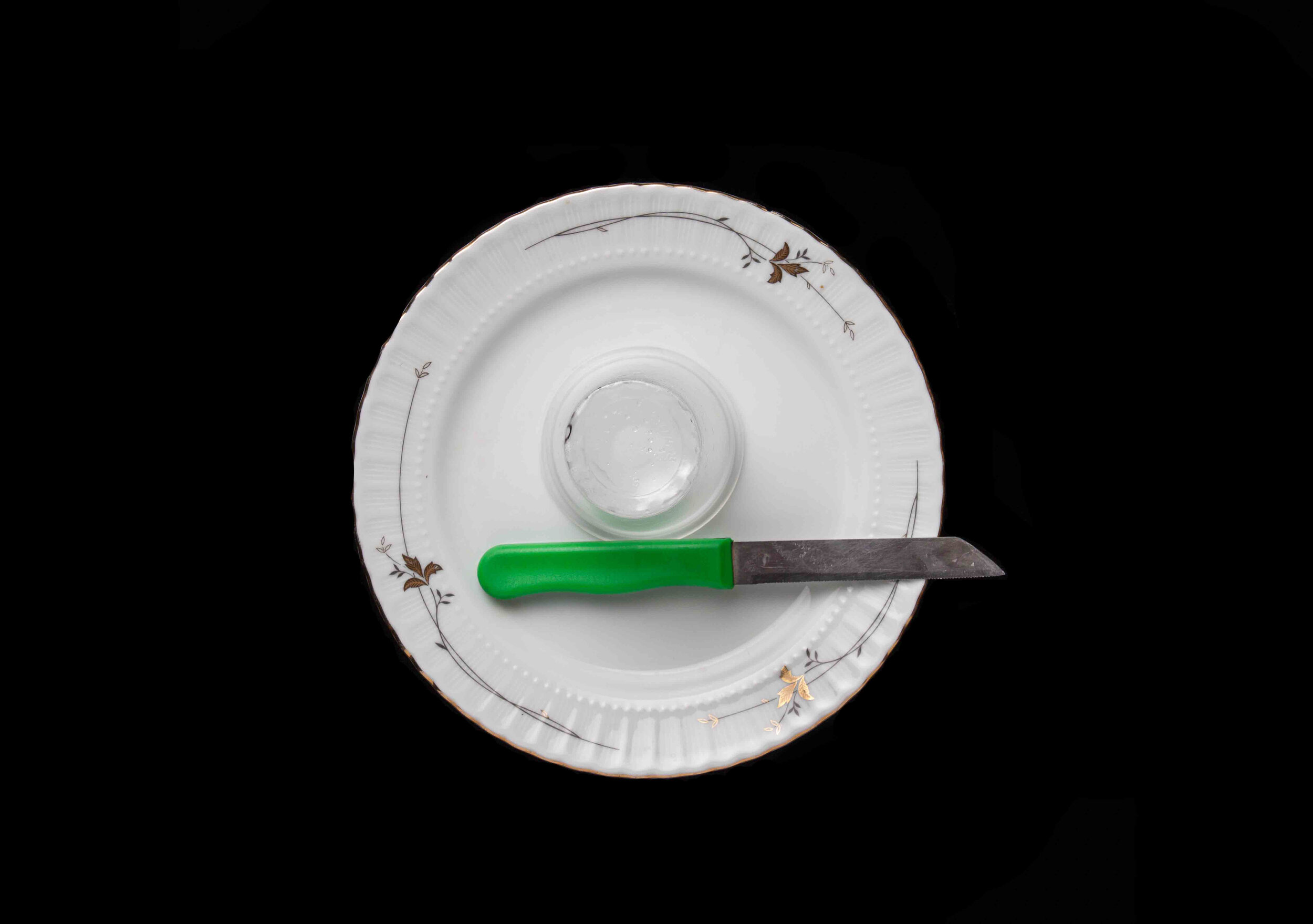
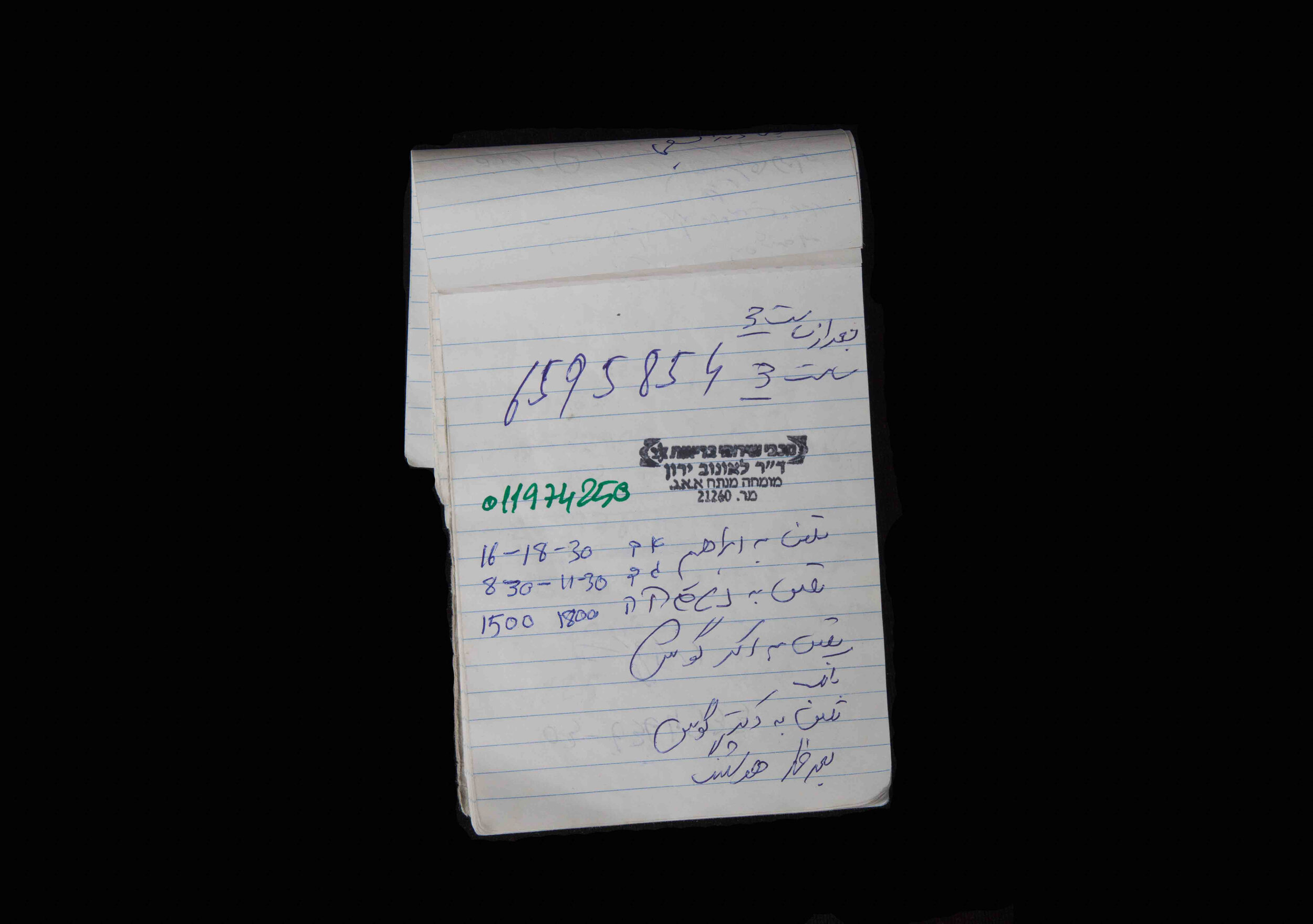
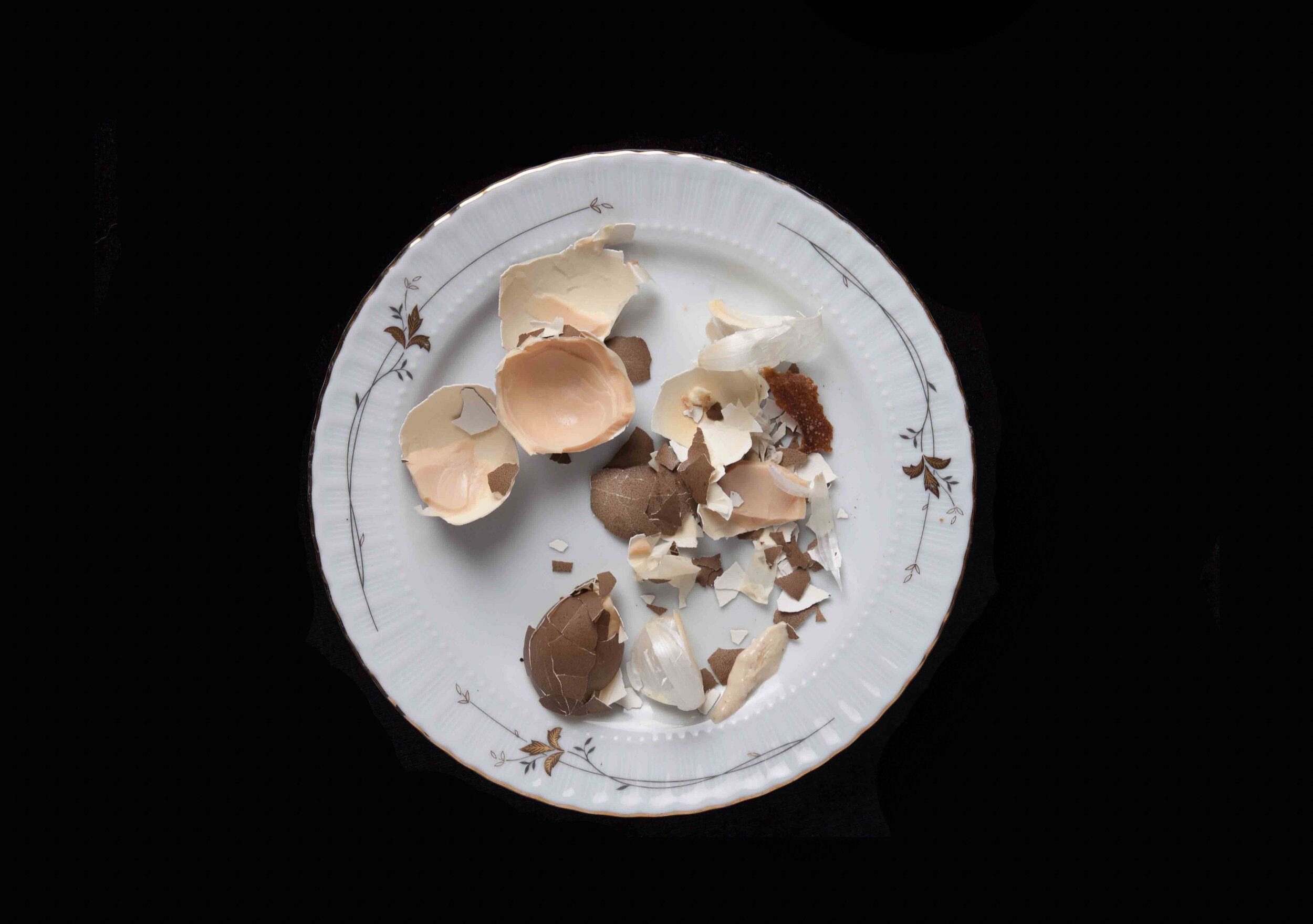
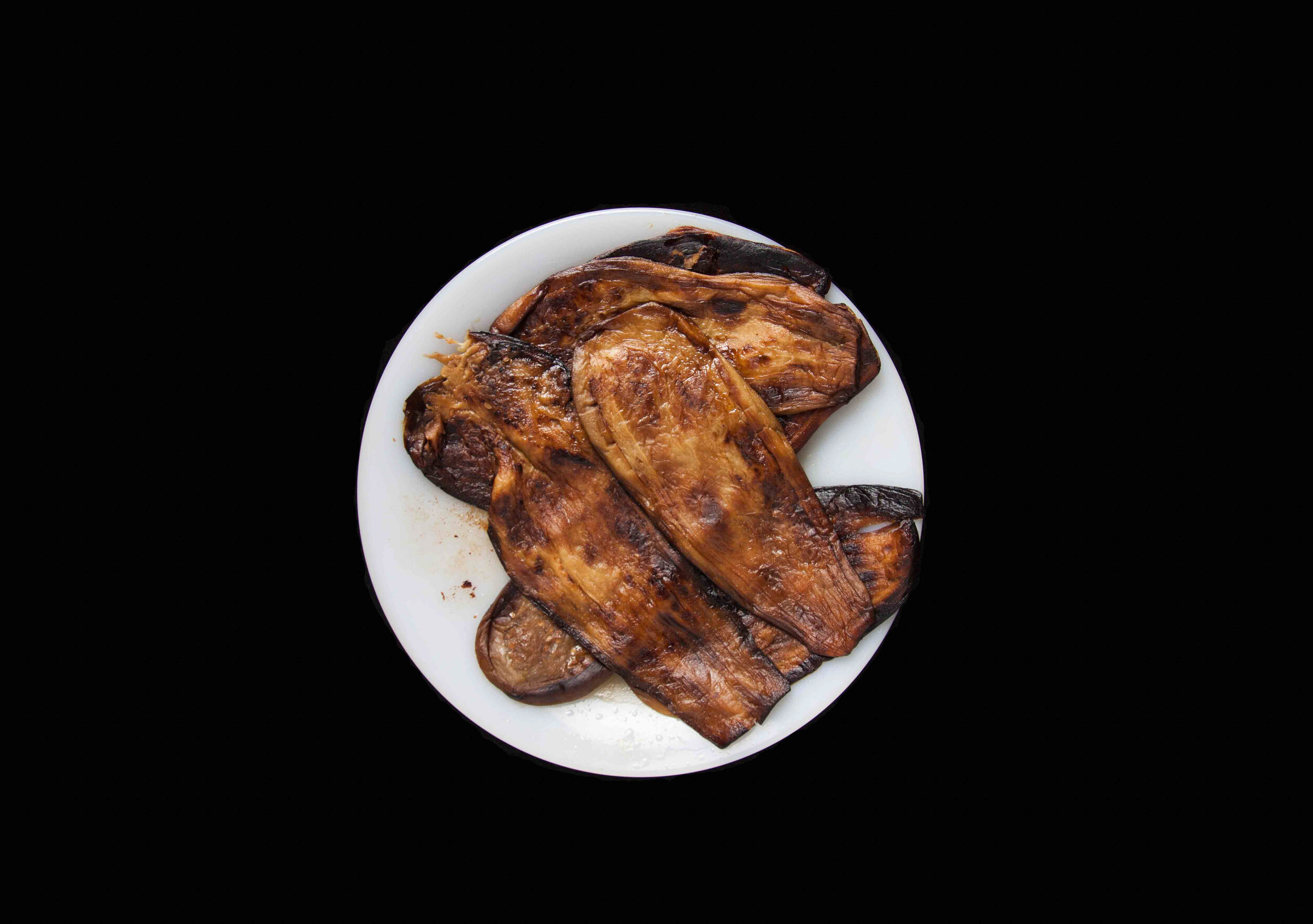
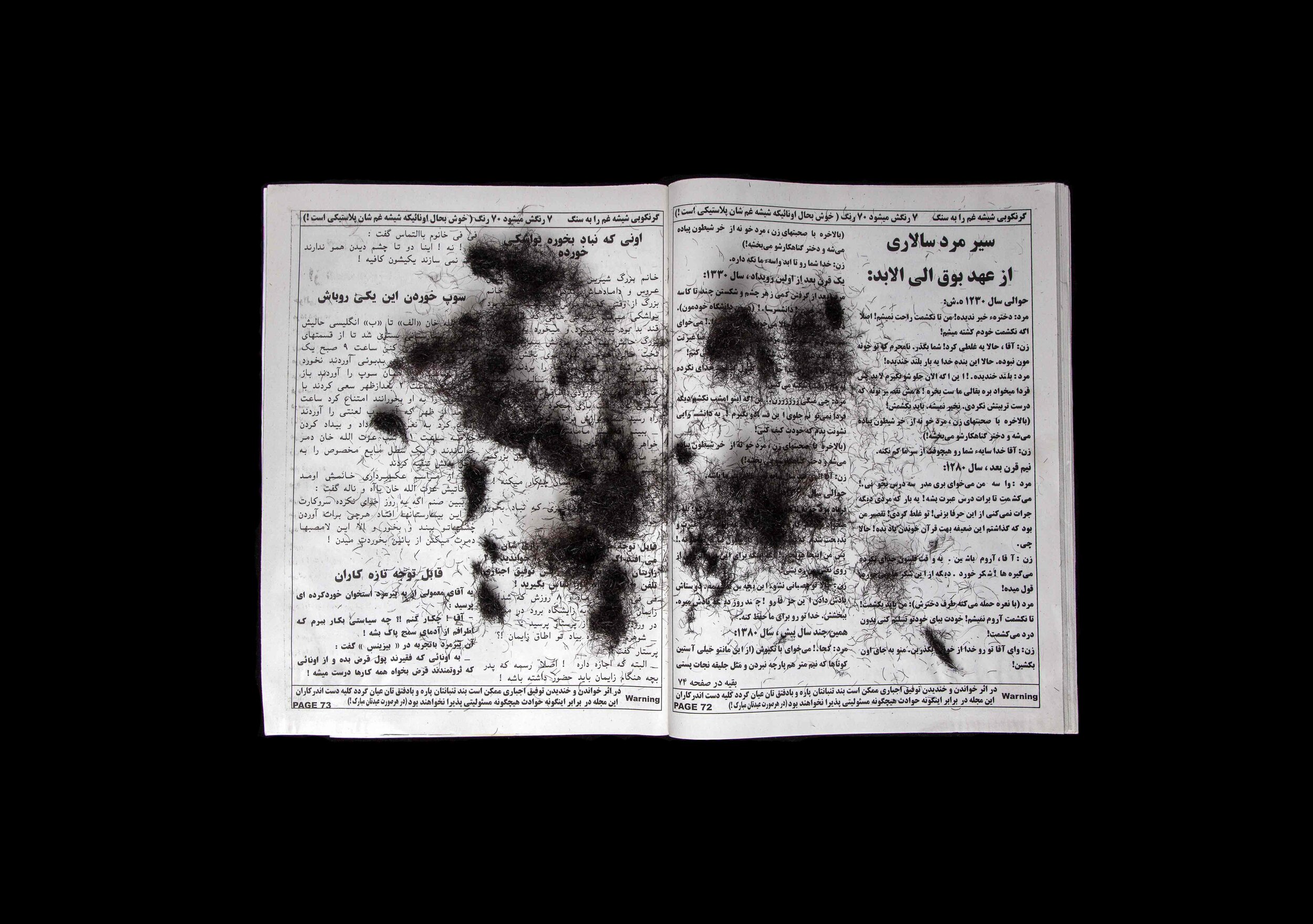
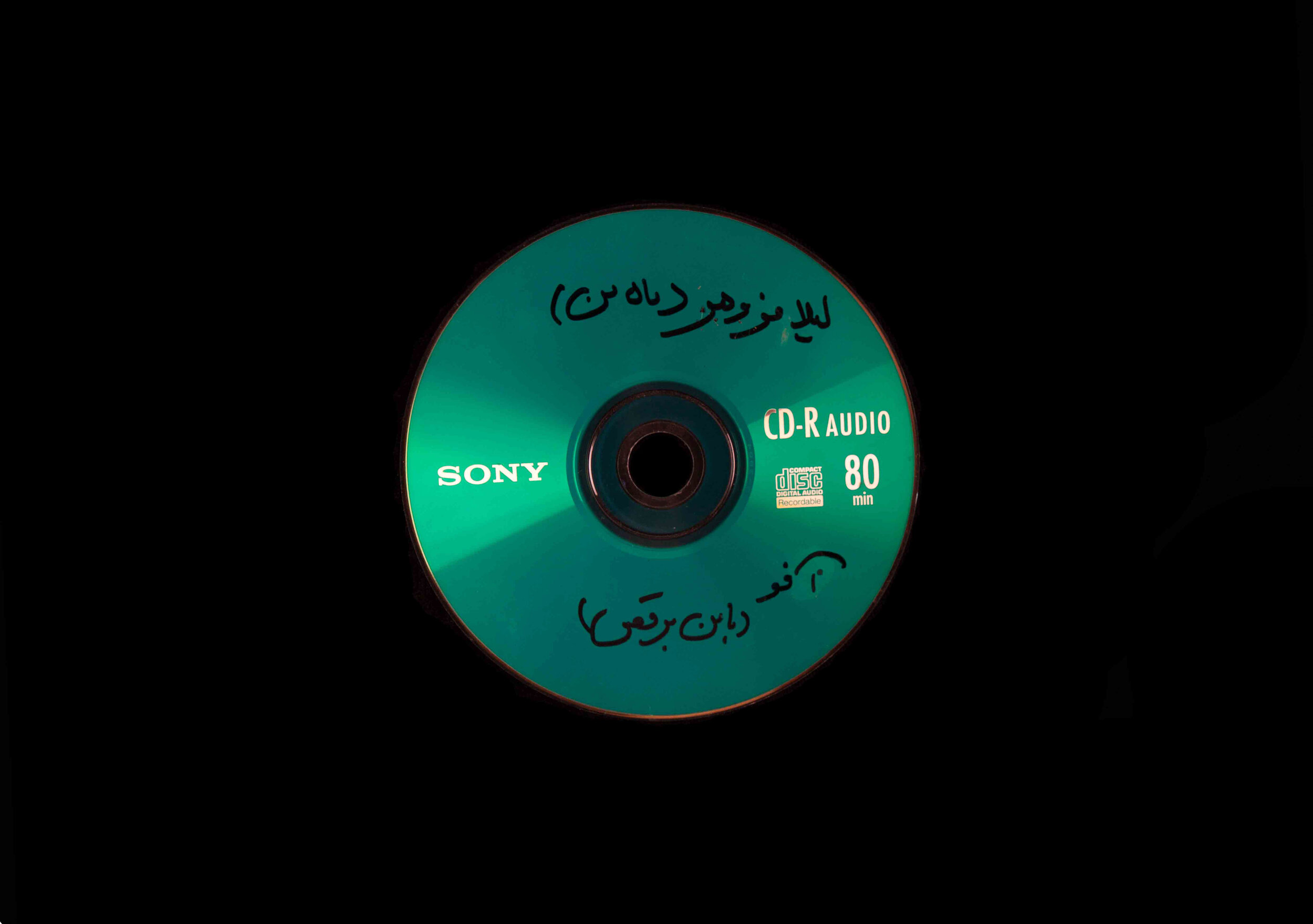
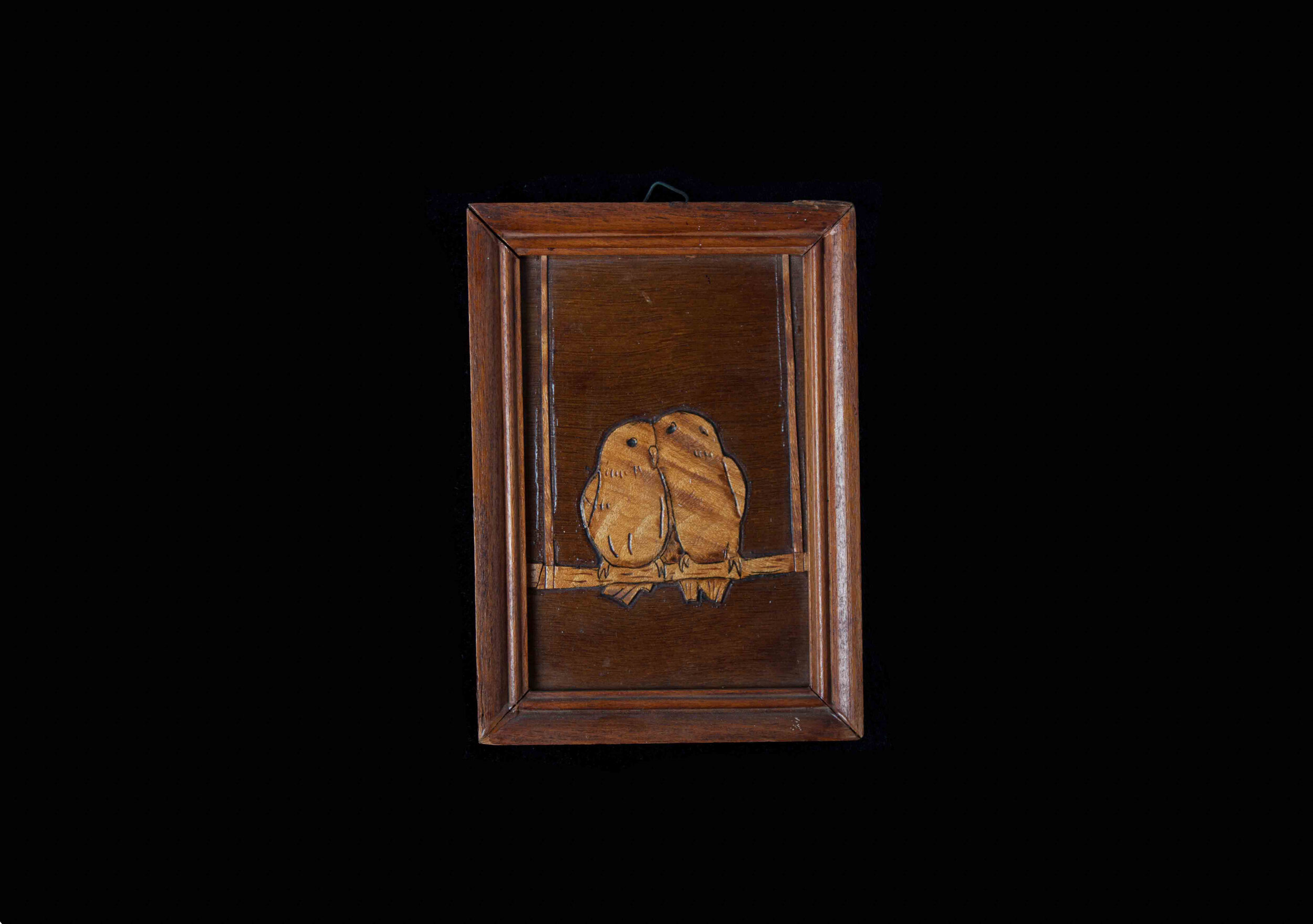


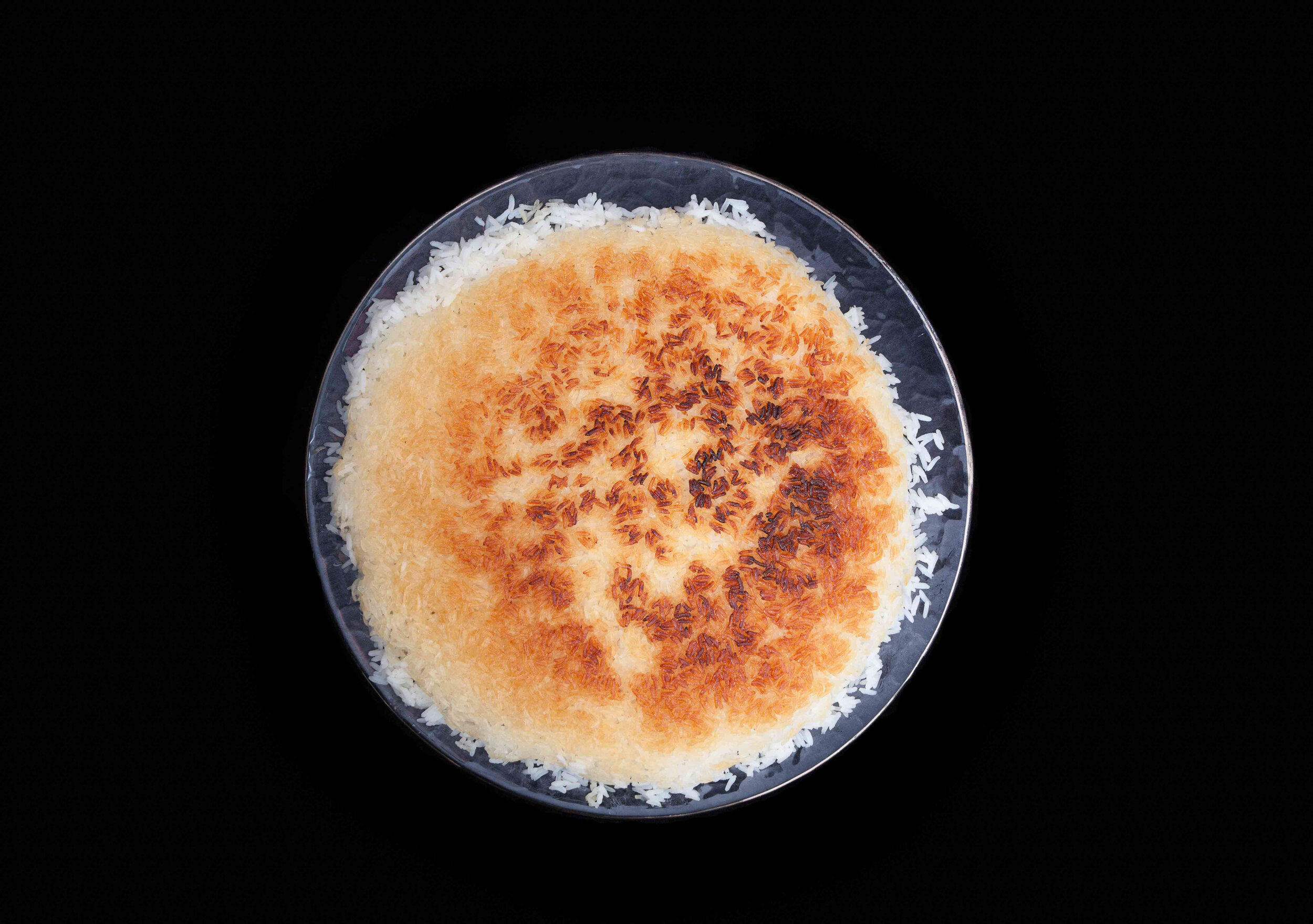

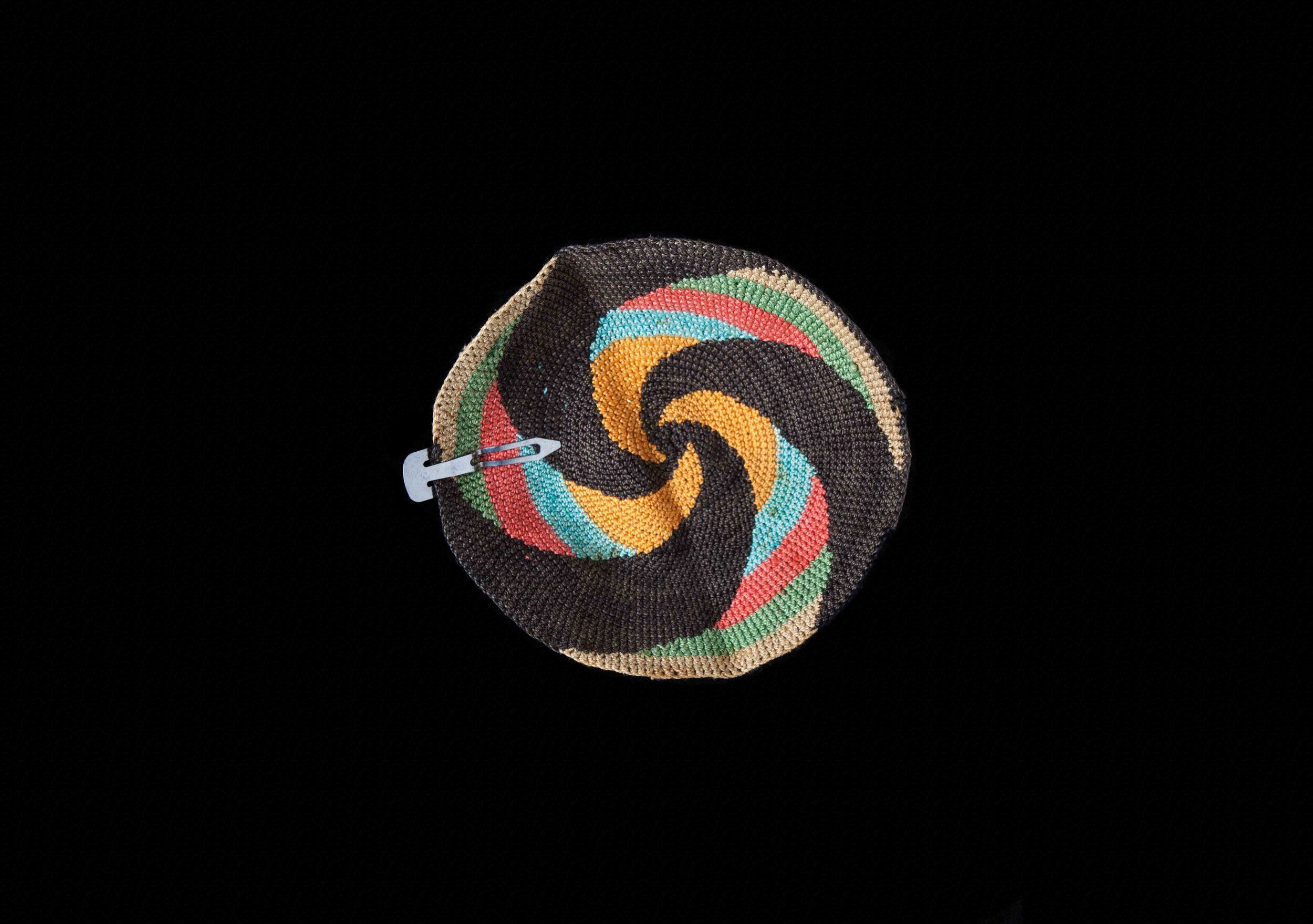
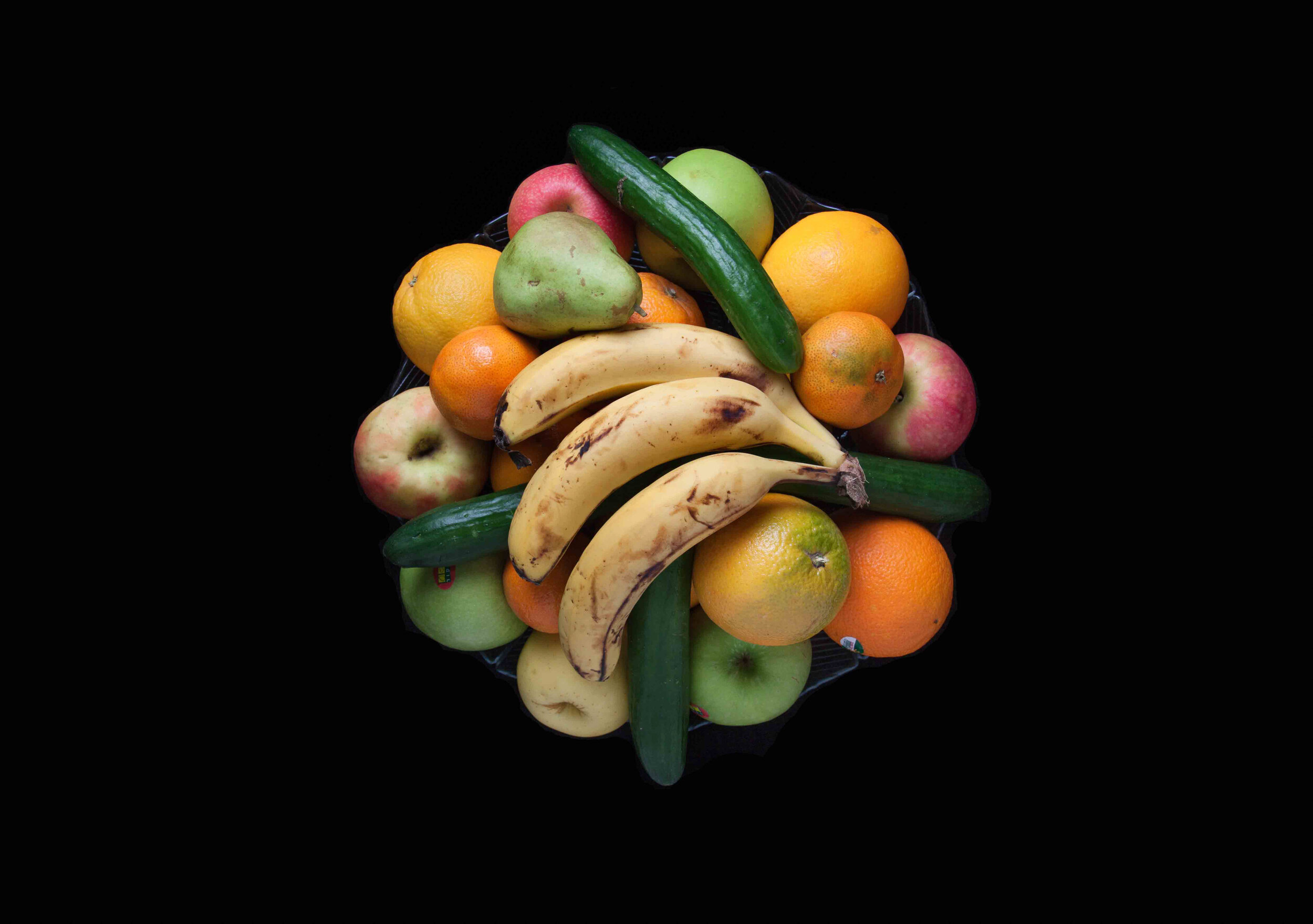
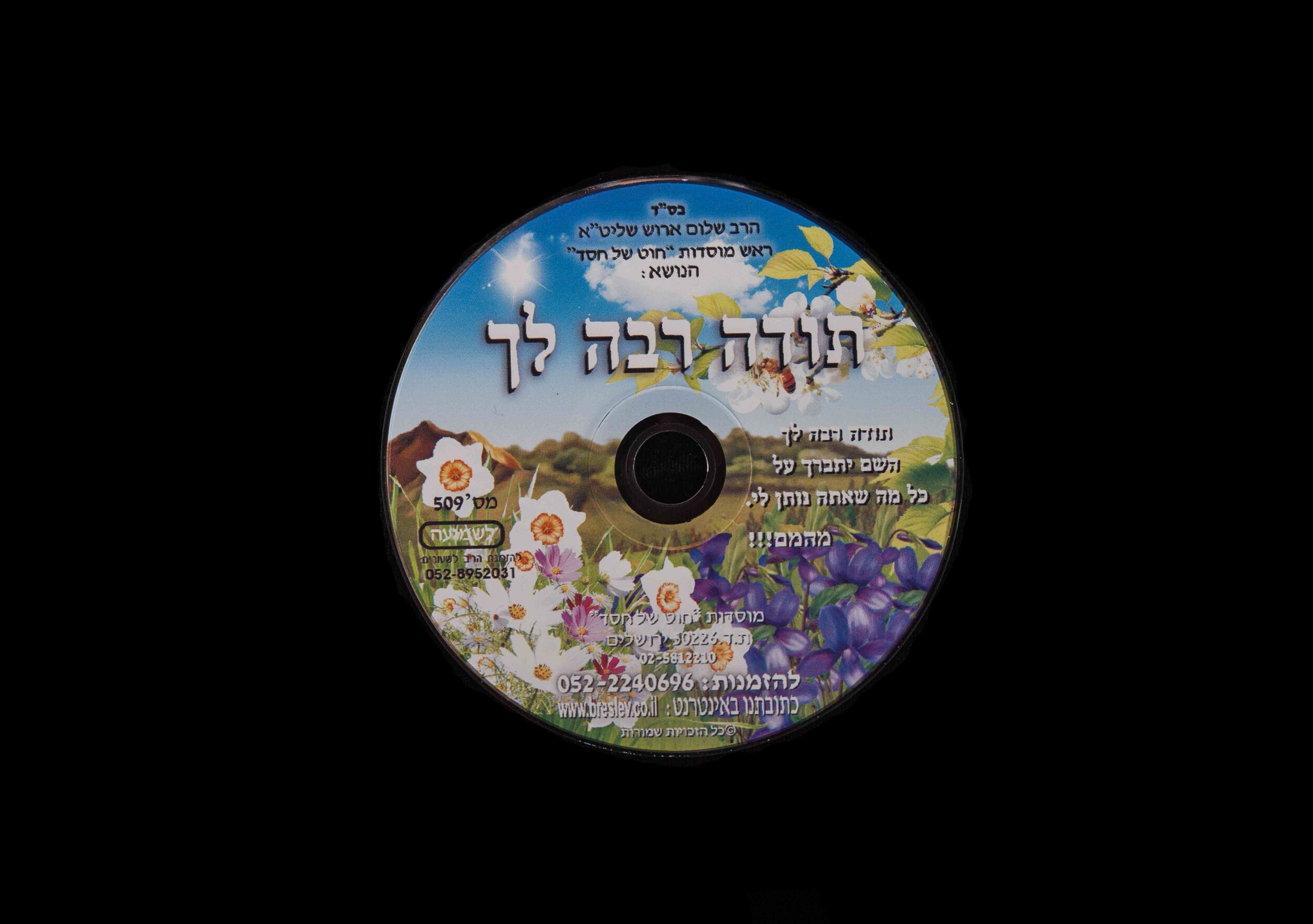
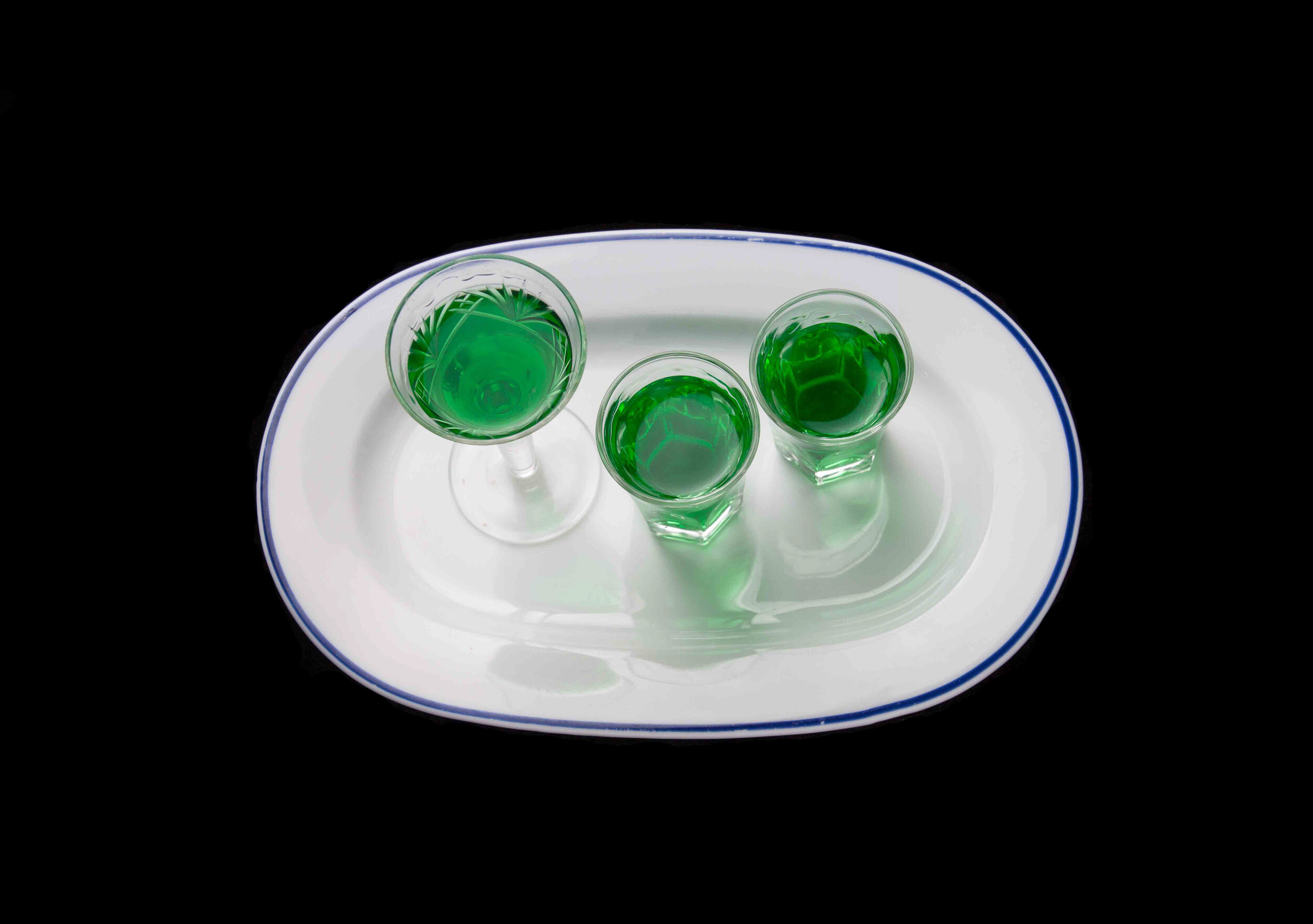
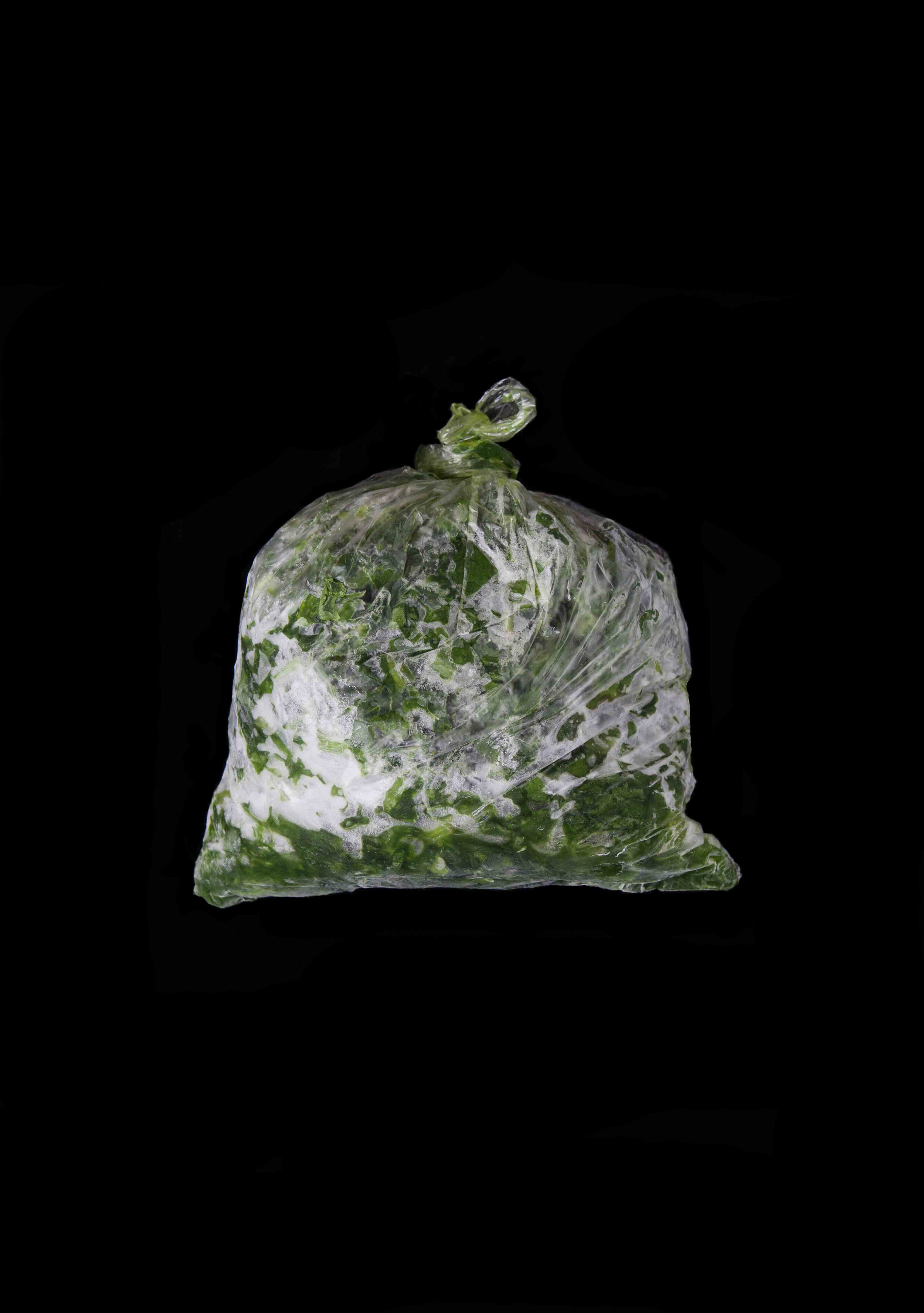
I first came across Itay Davidyan’s work on social media. His Instagram profile quietly functions as a portfolio full of professional-grade photographs - most of them portraits of ordinary Israelis in the streets and shouks of Jerusalem, Tel Aviv, and the towns that fill the space between them. The subjects are young Haredi boys and middle-aged Mizrahim carrying heavy plastic bags, South Asian shop-goers and old women wearing babushkas- and Davidyan photographs all of them in a way that made me want to study each one for minutes on end.
There is something about the portraits that makes every subject seem at once regal and incredibly human. The directness of gaze and the clarity of Davidyan’s focus communicate the importance of who stands in the frame, demanding the viewer’s full attention. Davidyan’s portraits call out for genuine consideration of their subjects, successfully portraying them in a compassionate and respectful light where sensibility trumps voyeurism. His eye for psychological depth and appreciation of cultural multifacetedness are evident.
When Davidyan sent me a link to 1986, an 18-part photo series entitled with the year his family arrived in Israel from Iran, I was a bit surprised by what I saw, to say the least. There were no portraits of pedestrians shrouded in light, no Israeli street scenes- only brooding, simple, intense images of household objects against pitch black backgrounds. There were bags of fresh herbs, plates of half-eaten tokhmemorgh shabbati, and CDs with Persian titles written on them in Sharpie, captured in rich detail yet simultaneously pervaded with a sense of otherworldly abstraction. The objects existed as isolated, timeless forms seemingly removed from any natural setting.
I looked through the photos more carefully, taking more time to consider every plane of color and rounded edge. That’s when my understanding of the series started to shift, and I realized that 1986 actually made perfect sense among Davidyan’s existing body of work.
When I really looked at the photos, the plates of food and household decorations didn’t feel like inanimate objects anymore. I saw the bag of herbs and smelled the freshness of cold sabzi being purchased at a market; I saw the notepad scrawled with illegible Farsi calligraphy and heard my great-grandmother messing with a ballpoint pen as she listens to Iranian radio broadcasts. I realized that Davidyan was treating these mundane objects like the subjects of his other photos- calling for empathetic contemplation and humanizing them. It became apparent that 1986 wasn’t a mere exercise in contemporary photography; it was a portrait of memories about home, of everyday Persian Jewish life, and at its core, of a family.
